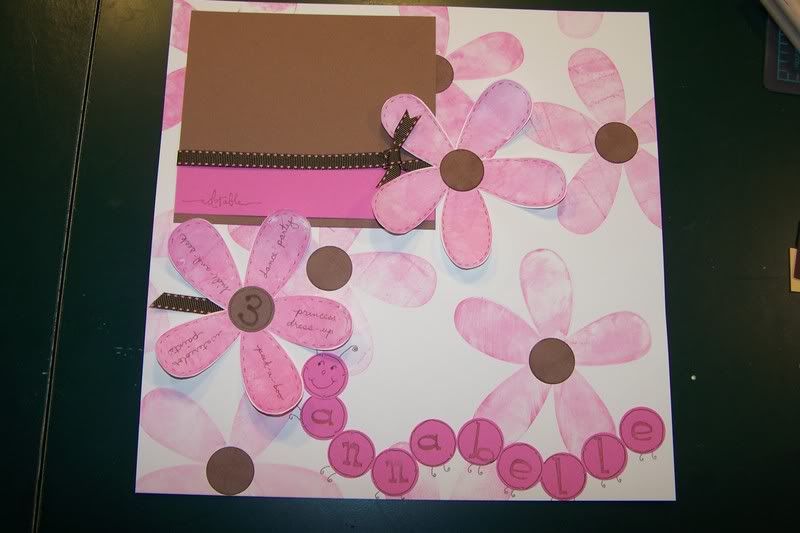





I think making watercolor cards is so much fun, and it really gets the creative juices flowing. I first got the idea to do this from Kittie747 at Splitcoaststampers. She has some awesome watercolor cards in
her gallery. I have developed my own style and technique for watercoloring that is similar, but a little different than others I've seen. I tend to make my watercolors a bit more vivid than most people.
Here are the supplies you will need:Reinkers, watercolor brush, blender pen, stamps, permanent ink such as Staz-on, permanent black pen, watercolor pencils, water, white paper 4" x 5.25"
First, I use Staz-on and a black permanent pen to ink the portion of the stamps that I want to use for my landscape. I stamp the page, keeping distance in mind. Smaller images in the back, larger ones in the front. In my picture, you can see the trees, cows, and flowers are stamped in such a way that they show distance. After stamping, I doodle the remaining elements of the landscape. In this case, I drew lines for a couple of hills, and pieces of grass around the flowers.
After all of my elements are stamped and drawn, I can begin watercoloring. I start with the large areas, the grass and sky. First, I place a drop of reinker on the the lid of the coordinating inkpad. You could do this on a plastic lid or a tray of some sort instead. Then, I dip my watercolor brush into my cup of water. With my wet brush, I pick up some of the reinker color from my lid. You'll see that the water will dilute the reinker in the lid. I like to have some of it very diluted and some of it not diluted much at all, so I try not to blend the reinker and water in the lid too much. I start with the lighter areas, and brush the diluted reinker ink onto my paper. I always try to make sure that my brush isn't too wet, or the paper will really curl and wrinkle. As I'm brushing the ink on the page, I make sure that I'm using strokes that match the curves of the land and match the cloud design I want in the sky. This way, as I add more and more strokes, I end up with lots of highlights and lowlights.
After I'm done brushing the large areas, I use watercolor pencils to color in the more detailed stamped and doodled areas, such as the cows, flowers, and tree trunk in my picture. Then, I use a blender pen and water to blend the colors. I use the blender pen instead of a brush because I can get into finer detailed places with the pen.
When all of the details have been colored, I add any desired sentiment panels (the blue "like to udder" panel on mine) or other embellishments. I try to keep the extra embellishments simple so as not to detract from the watercoloring.
You can see my final product below. I really hope you try this technique sometime... it really gets the creative juices flowing!


















































